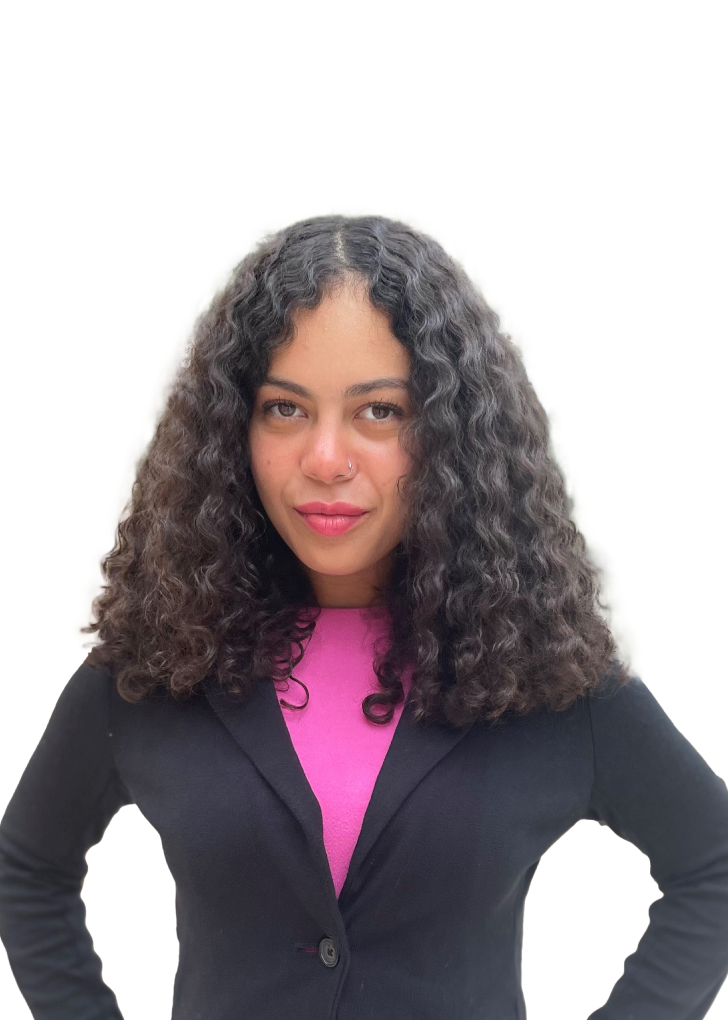Following intense criticism that too many children have died on the state’s watch, Florida’s child-welfare investigators have added a new layer of scrutiny that’s fueling a steep increase in the number of kids removed from their homes.
In Central Florida alone — Orange, Osceola, Seminole and Lake — the total is up 17 percent in the past year, to nearly 2,000 children. Some areas are drastically higher than others.
Seminole County, for instance, had climbed 38 percent by the end of June, compared with June 2014.
“There are two things driving this,” said Joe Durso, vice president for public affairs at Community Based Care of Central Florida, the private nonprofit that contracts with the state to manage foster care and adoptions for the area.
“One is the media attention that surrounded a lot of cases last year. The natural human inclination, when you hear those things, is to want to take an extra level of precaution. Essentially, you would rather be safe than sorry.”
But the second factor is a new way of investigating allegations of abuse and neglect — a way that some say requires investigators to be fortunetellers of sorts. Rather than examining the lone incident that sparked a call to the state’s child-abuse hotline, child-welfare workers need to thoroughly assess the odds of it happening again.
“There is a long list of things that they should be trying to evaluate,” said Ellen Taylor, training manager at Community Based Care, where instruction on the new procedures requires eight days of classes. “In the area of how the adults in the family function, for instance, you need to assess how do they feel, think and act on a daily basis? How do they behave in terms of life management, perception, self-control, self-acceptance? What are their employment and criminal histories? What do their relationships look like?”
For years, the prevailing wisdom in child welfare nationwide was that kids are nearly always better off with their own parents, even lousy ones. Only as a last resort should kids be removed.
But in early 2014, a Miami Herald investigation detailed the deaths of 477 children whose families had a history with the Florida Department of Children and Families — children who subsequently died of being smothered, beaten, burned, starved, drowned or doused with acid. More than half involved families with a history of drug use by the children’s caretaker.
One high-profile case was that of toddler Tariji Gordon of Sanford, who had been removed from her mother’s care following the death of her twin brother Tavont’ae. He had been suffocated at 2 months old while sleeping on a sofa with the mother, Rachel Fryer, who would later test positive for cocaine.
After Tariji spent more than two years in foster care, a judge ordered her returned. Two months later, in February 2014, Tariji’s body was found stuffed in a suitcase buried in Putnam County. Fryer has pleaded innocent and is awaiting trial for murder.
The caseworker assigned to Gordon was later sentenced to probation for falsifying records by claiming he had examined the child when he hadn’t. Prosecutors claimed he would have seen bite marks, burns and bruises on Tariji’s body.
If the new protocol were in place, officials say, it may have saved Tariji.
“We know that the highest-risk cases involve children under age 3 and caregivers with a history of substance abuse or physical violence,” said William D’Aiuto, managing director for DCF’s central region. “That scenario fit this family. But we’re still talking about the very challenging work of trying to predict human behavior.”
The higher numbers have strained the department, prompting a renewed push to recruit foster parents. D’Aiuto said the agencies that contract with DCF to manage foster care also are hiring more caseworkers.
But while child-welfare advocates generally welcome the new protocol in theory, there are concerns that it’s a lopsided part of the solution.
“We don’t want more kids in [the state’s] care or fewer kids in care. We want the right kids in care — the ones who need to be there,” said Robin Rosenberg, deputy director of the nonprofit Florida’s Children First. “The numbers alone don’t tell you that.”
The skill of child-welfare investigators in gathering information and making good decisions is highly varied, Rosenberg said — especially when turnover for caseworkers is often as high as 50 percent a year. Further, implementation has been uneven, with some counties well ahead of others.
And while the 2014 Legislature did beef up DCF’s budget to hire an additional 288 workers — many of them investigators — and give raises to existing ones, there was no additional money for mental-health and substance-abuse services that could help troubled parents reform and get their children back.
“It’s a big gap,” Rosenberg said. “And the other big gap is that the budget didn’t include more money for the parents’ attorneys.”
Under Florida law, when a parent’s children are removed from the home or there is an attempt to terminate parental rights, those parents are entitled to counsel. Rosenberg said caseloads are soaring.
But the sweeping legislative reforms of 2014, the most dramatic changes in at least a decade, also made child welfare more transparent. The state’s website now lists all child deaths reported to the abuse hotline and notes whether DCF had any previous verified complaints involving the child or the family. If those complaints happened in the preceding year, a team of professionals is dispatched to investigate why the child was left with or returned to the family.
They have to start work within two business days and publish a preliminary report within 30 days. Those reports are also published on the state website, though they’re often heavily redacted for privacy reasons.
“The vision of [DCF] Secretary [Mike] Carroll is that we don’t want to see one child die,” D’Aiuto said. “One child is too many.”
By Kate Santich
Staff Write
See original article here

